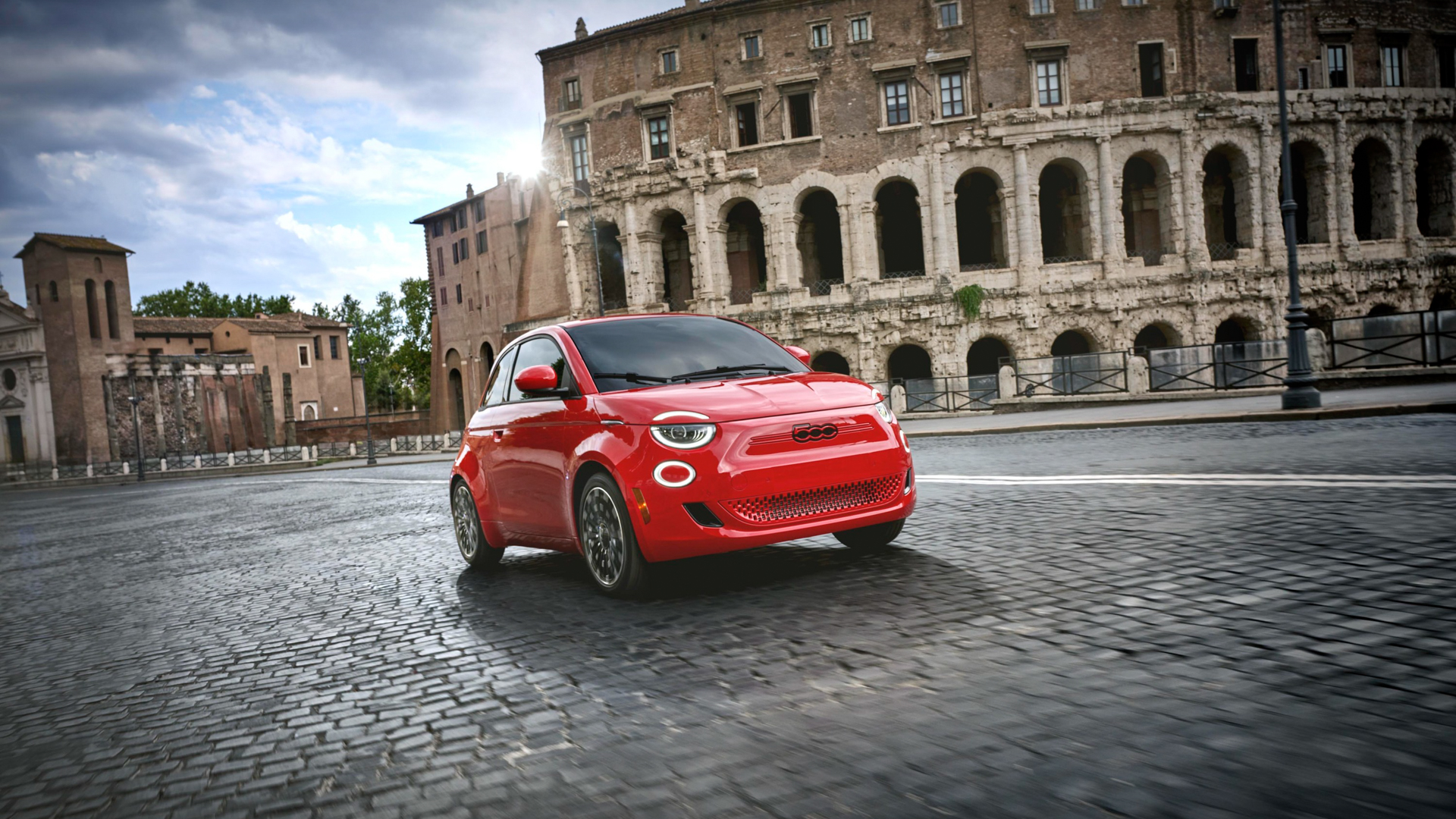

Many carmakers are caught in a pickle in the European Union. Meeting the stricter emissions regulations scheduled to come into effect in 2025 requires selling considerably more electric cars, but sales data shows that motorists remain more interested in piston- and hybrid-powered cars. Stellantis has a solution: If EVs don’t sell, it’s open to slashing production of piston-powered cars to keep its fleet-wide CO2 emissions in check.
Starting on January 1, 2025, mass-market car companies will need to achieve a fleet-wide CO2 emissions target of 95 grams per kilometer. That’s down from the 106.6 grams per kilometer target set in 2023. To give you a more precise idea of what EU officials want drivers to buy, even a new 116-horsepower Toyota Yaris Hybrid could fall on the wrong side of the rules as it emits between 87 and 98 grams of CO2 per kilometer. Most of the cars that sell well in the United States are far over the limit; the Toyota RAV4 Hybrid is rated at 126 grams of CO2 per kilometer, for example.
Regulators’ preferred way for brands to lower their fleet’s CO2 average is to sell more EVs. The problem is that EV demand has stalled, even in Europe. Sales dropped by 33% in August 2024, and Fiat had to pause production of the 500e for four weeks due to “the current lack of orders linked to the deep difficulties experienced in the European electric [car] market by all producers.”
The other, easier way to comply with the new rules is to sell fewer ICE cars, and that’s exactly what Stellantis is prepared to do. Jean-Philippe Imparato, a former Alfa Romeo executive who was recently appointed chief operating officer for the Stellantis group’s European division, told Automotive News that the production cuts could start as soon as November 1, because it takes approximately 60 days for a car to travel from the assembly line to its first registered owner. There’s no word yet on whether jobs would be lost if Stellantis takes this route.

Lowering a company’s production seemingly goes against everything taught in a freshman-level business class, but get this: carmakers that miss the CO2 targets will need to pay €95 (about $103) per excess gram per vehicle. That adds up quickly. Renault CEO Luca de Meo estimated that companies who don’t comply with the regulations could end up wiring €15 billion (roughly $16.2 billion) to the EU at the end of the year.
Stellantis has other solutions, according to Automotive News. One is a joint venture with China-based Leapmotor, which began selling a pair of EVs in Europe earlier in 2024 and whose CO2 emissions can get bundled with Stellantis’. Another tactic is trying to boost EV sales in key markets. For example, increasing deliveries in countries like Holland, where the EV take rate is high, can help offset microscopic demand in places like Italy.
If all else fails, Imparato said Stellantis will raise the price of ICE vehicles “on a flexible basis, by model, brand, and market” to discourage drivers from buying them. These strategies will help Stellantis avoid summoning a dark cloud of disapproval from regulators, but they could trigger a ripple effect across the market. If a new Alfa Romeo Giulia gets, say, a €10,000 price hike in France, will the value of a lightly-used late-model Giulia go up as well? If so, what happens to the value of a 2012 Giulietta? Alternatively, what’s to stop you from hopping over the border to Italy and buying one without the €10,000 premium? When it comes to cars, there are no major regulatory differences between EU countries.
And yet, unlike some of its peers and rivals, Stellantis is opposed to delaying or changing the rules. It’s adopting a “find a way or make one” attitude toward compliance. On the other hand, BMW and Renault Group are among the voices that have spoken out against the regulations.
Got tips? Send ’em to tips@thedrive.com